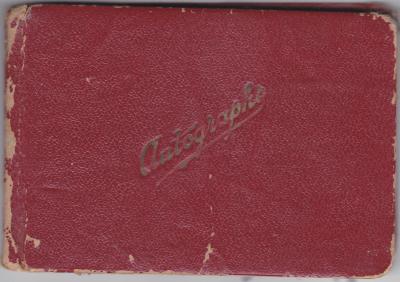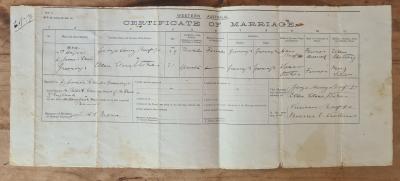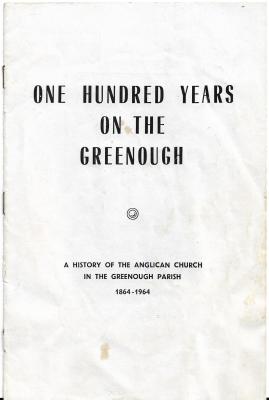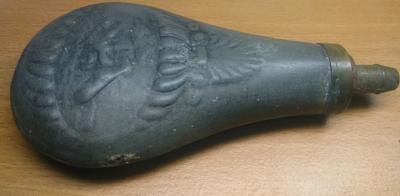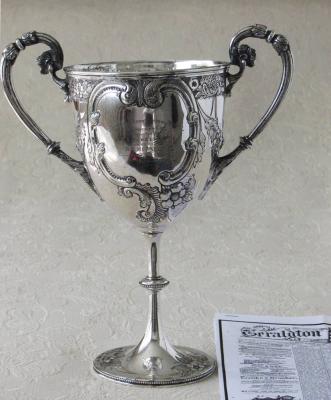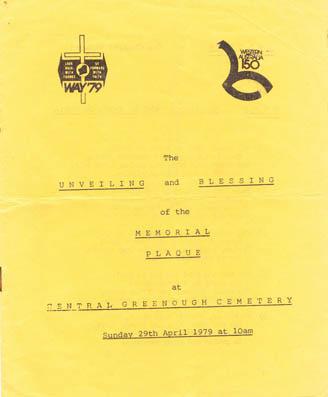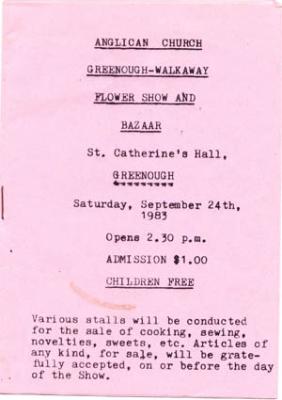Framed drawing of John Knapp
c. 1880pencil sketch of head and shoulders of a man, under glass and with an elaborate wooden frame.
Between 1850 and 1868, over 9,000 male convicts were brought to the Swan River colony to provide cheap labour. About 3,000 were to make their way to what is now the Midwest region of Western Australia. Some did not adjust to life in a strange land, and reverted back to criminal behavior, whilst others made a successful transition to become respected members of society.
John, the oldest son of John & Catherine Knapp was born in Branston, Leicestershire on 12 August 1827. He worked as a brewer before being convicted in Leicester on 2 February 1849 of larceny as a servant. As he had a previous conviction, he received a sentence of 7 years imprisonment.
On 18 October 1851, Knapp arrived in this colony on the Minden (733). He received his Ticket of Leave immediately and his Conditional Pardon in March 1854.
Knapp moved to Greenough where he married Ann Dewar on 16 October 1860. Ann and John had three children, of which only one survived before Ann died of typhoid on 4 January 1866. John then married Ellen Slattery on 4 November 1866. Ellen was to be the mother of four children, two of whom survived.
By then, John was a tenant farmer at South Greenough. In 1875 he sponsored his brother William, wife Mary and their four children to migrate to the colony. William lived on the same farm as his brother and worked as a carter.
John died on 5 May 1888, two weeks after being kicked by a horse. He, his two wives and infant children are all buried in unmarked graves at Greenough.
The farm he established at South Greenough was to remain in family hands up until the 1950s.
The portrait remained with the family, but in more recent years was stored in a garage in Geraldton.
Details
Details
No details as to name of artist.
Very few portraits of former convicts exist in Western Australia. This object is an important resource in providing information about the importance of convicts towards the development of the Midwest region. This portrait is also an excellent example of how people have felt the need to present themselves to others.
The object 'Framed portrait of John Knapp' (GMOB0569) has high aesthetic significance, given its (form, colour, texture) and has some rarity value. The item has low scientific significance, although being representative of the class ILLUSTRATIONS/Pencil in fair condition. The item has high historic significance for the local community and possibly for the State and has high interpretive potential. This item has very high social significance given it was image of JOHN KNAPP(c1880),
Other items from Greenough Museum and Gardens
- Autograph Book
- Marriage Certificate
- Ellen Knapp's Pensioner Claim Form
- "One Hundred Years on the Greenough"
- Gaston Brass Bed
- powder flask
- Connolly Family Reunion brochure
- Stokes family bedspread
- Geraldton Agricultural Society President's Cup for 1911
- Wonga Park Folk Museum poster
- Programme for Unveiling of Memorial Plaque at the Central Greenough Cemetery
- Greenough-Walkaway Anglican Church Flower Show Programme
Scan this QR code to open this page on your phone ->

